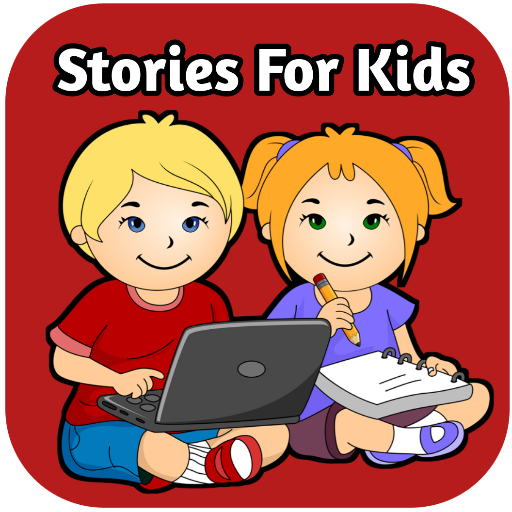Introduction Children’s stories are more than bedtime entertainment; they are a vital part of early childhood development. These tales introduce children to new ideas, ignite their imaginations, and help them navigate the complexities of emotions and relationships. This article explores the magic of children’s stories, the essential elements of a great tale, and how to enhance the storytelling experience with creative activities.
The Role of Children's Stories in Development Stories are powerful tools for learning and growth. Here are some key benefits:
- Fostering Imagination: Stories transport children to fantastical worlds, encouraging them to dream and think creatively.
- Building Communication Skills: Listening to and recounting stories helps develop vocabulary, language patterns, and storytelling abilities.
- Teaching Values and Morals: Many stories impart essential life lessons such as kindness, perseverance, and teamwork.
- Encouraging Emotional Growth: Stories help children understand and process emotions through relatable characters and situations.
Key Elements of Memorable Children’s Stories The best children’s stories captivate and inspire through these essential components:
- Relatable Characters: Characters with relatable traits or situations help children connect emotionally to the story.
- Engaging Plots: Simple, yet compelling plots hold the child’s attention and build curiosity.
- Whimsical Settings: Imaginative backdrops, whether a magical forest or outer space, spark wonder.
- Themes and Lessons: Stories that weave in meaningful lessons leave a lasting impact.
- Interactive Language: Repetition, rhymes, and playful language make stories memorable and enjoyable.
Activities to Enrich the Storytelling Experience Bringing stories to life can deepen their impact and keep children engaged. Here are some creative ideas:
- Dramatic Play: Act out scenes from the story with costumes and props.
- Story Art: Encourage children to draw or paint their favorite characters or settings.
- Create Alternate Endings: Let children imagine and narrate different endings for the story.
- Craft Projects: Build simple crafts related to the story, like a paper crown for a king or queen character.
- Themed Games: Design games inspired by the story’s plot or characters, such as treasure hunts or puzzles.
Choosing the Right Stories for Children The best story for your child depends on their age, interests, and developmental stage:
- For Toddlers: Look for short stories with repetitive language and colorful illustrations.
- For Preschoolers: Choose tales with simple moral lessons and engaging characters.
- For Early Readers: Opt for books with easy-to-read text and relatable themes.
- For Older Children: Explore longer, more complex stories with deeper plots and themes.
Conclusion Children’s stories are a treasure trove of creativity, learning, and bonding. By selecting the right stories and incorporating interactive activities, parents and educators can unlock the full potential of these magical tales. Whether it’s a bedtime story or a classroom reading session, the world of children’s stories is a gateway to imagination and growth.


Comments ()